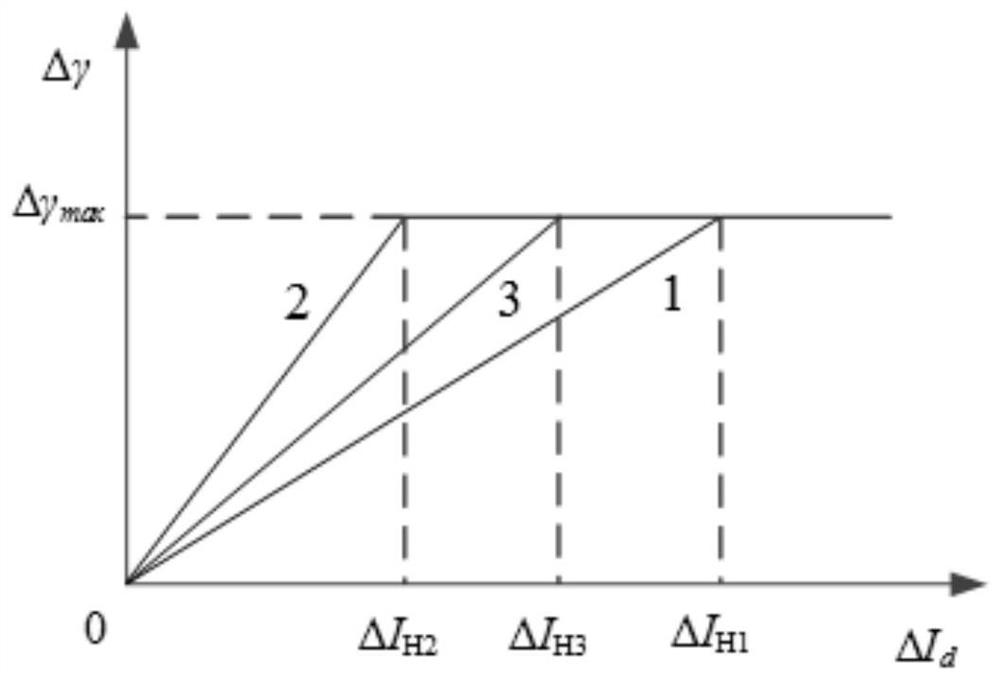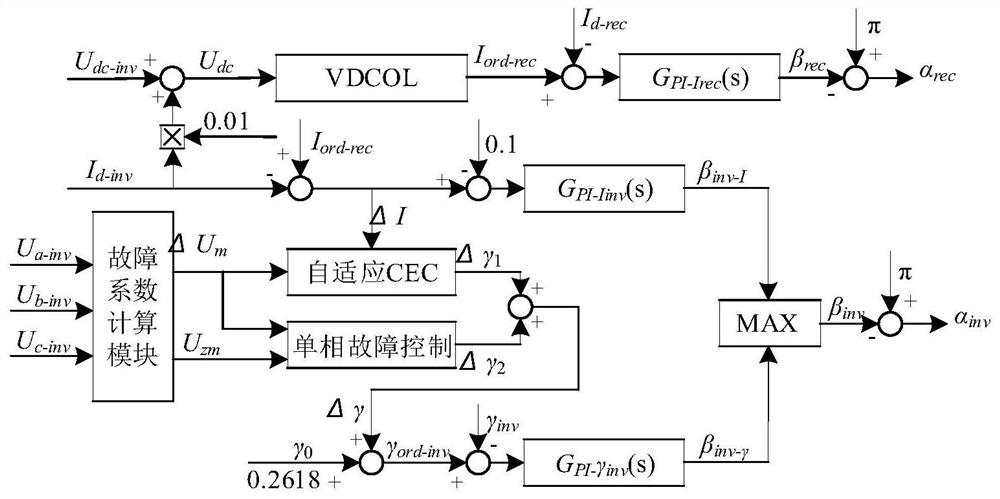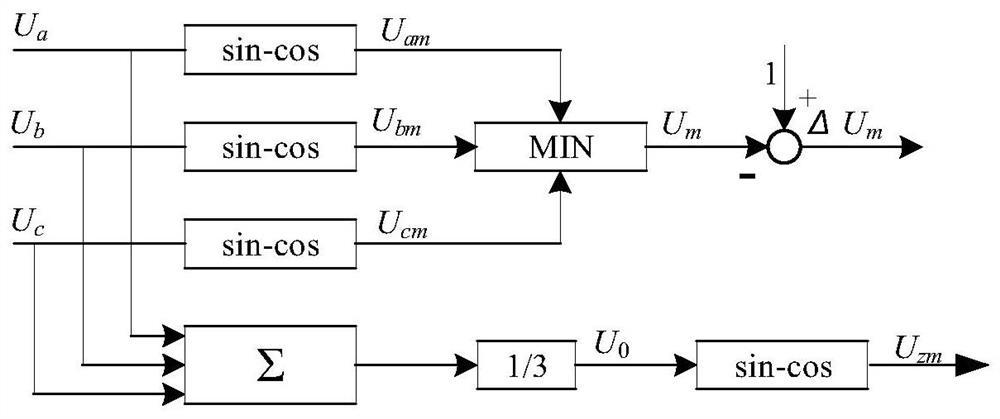HVDC Continuous Commutation Failure Suppression Method Based on Adaptive Current Deviation Control
A technology of current deviation and commutation failure, which is applied in the direction of power transmission AC network, output power conversion device, conversion of AC power input to DC power output, etc., and can solve the problem of low sensitivity, inverter side voltage and DC transmission power adjustment Slow, slow response and other problems to achieve the effect of improving sensitivity, avoiding continuous commutation failure, and reducing the possibility
- Summary
- Abstract
- Description
- Claims
- Application Information
AI Technical Summary
Problems solved by technology
Method used
Image
Examples
Embodiment Construction
[0048] The traditional current deviation control characteristic is linear, so when a serious fault occurs in the system, its dynamic response is slow, resulting in slow adjustment of the inverter side voltage and DC transmission power, and it is difficult to avoid continuous commutation failure in the system. Therefore, by detecting the voltage drop on the inverter side in real time, the slope and working range of the current deviation control characteristic can be dynamically adjusted. When a serious fault occurs, the slope of the control characteristic can be increased to enhance the sensitivity of the system when a serious fault occurs.
[0049] figure 1 It is the characteristic diagram of adaptive current deviation control. Characteristic 1 is the traditional current deviation control characteristic, while characteristics 2 and 3 are the corresponding control characteristics of adaptive current deviation control under different voltage changes, and 3 corresponds to the sit...
PUM
 Login to View More
Login to View More Abstract
Description
Claims
Application Information
 Login to View More
Login to View More - R&D
- Intellectual Property
- Life Sciences
- Materials
- Tech Scout
- Unparalleled Data Quality
- Higher Quality Content
- 60% Fewer Hallucinations
Browse by: Latest US Patents, China's latest patents, Technical Efficacy Thesaurus, Application Domain, Technology Topic, Popular Technical Reports.
© 2025 PatSnap. All rights reserved.Legal|Privacy policy|Modern Slavery Act Transparency Statement|Sitemap|About US| Contact US: help@patsnap.com



